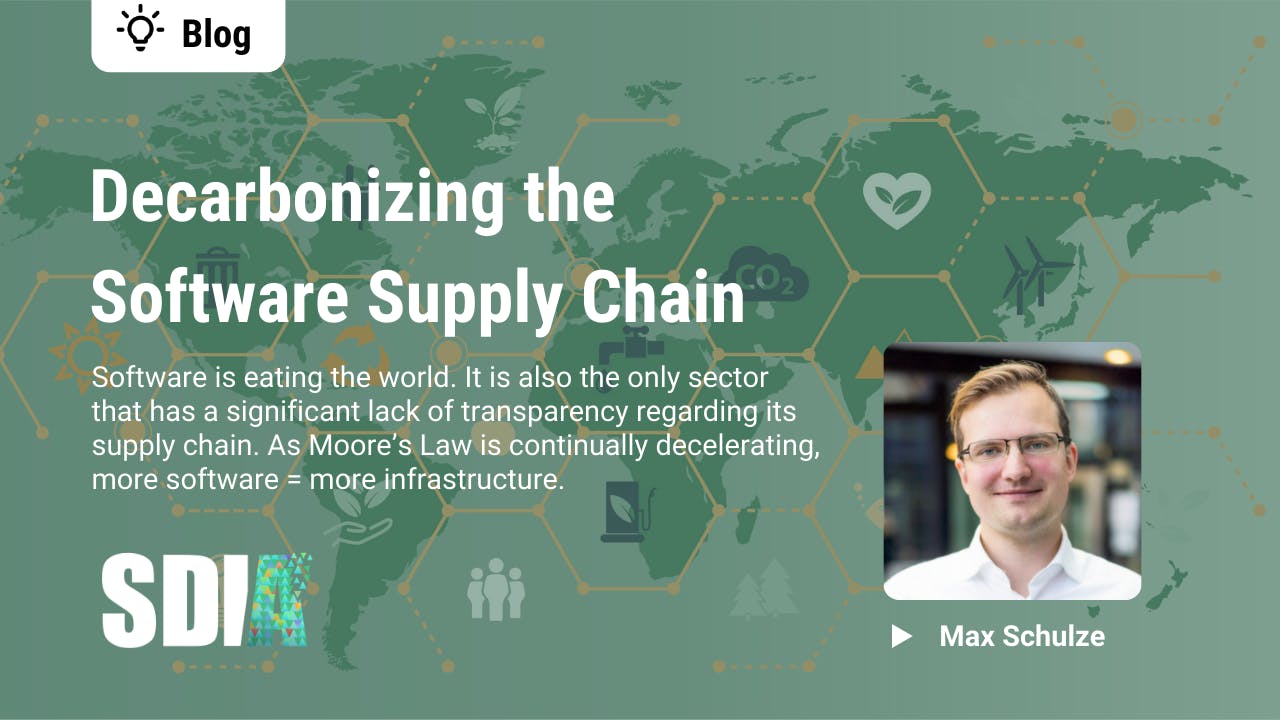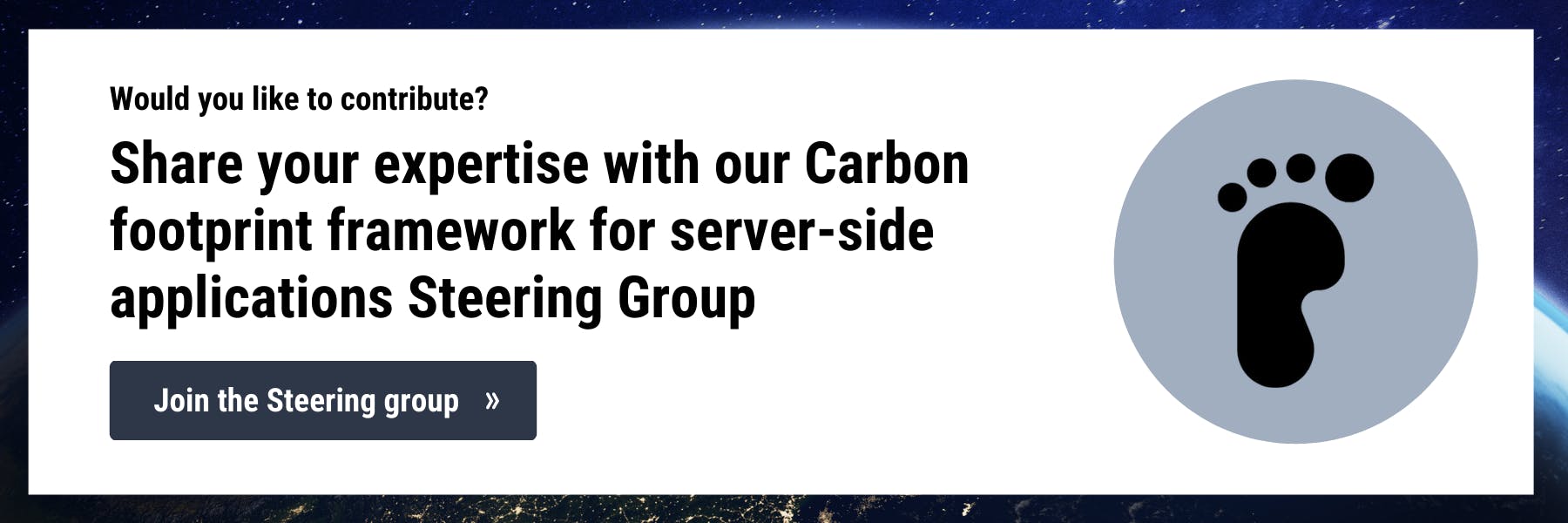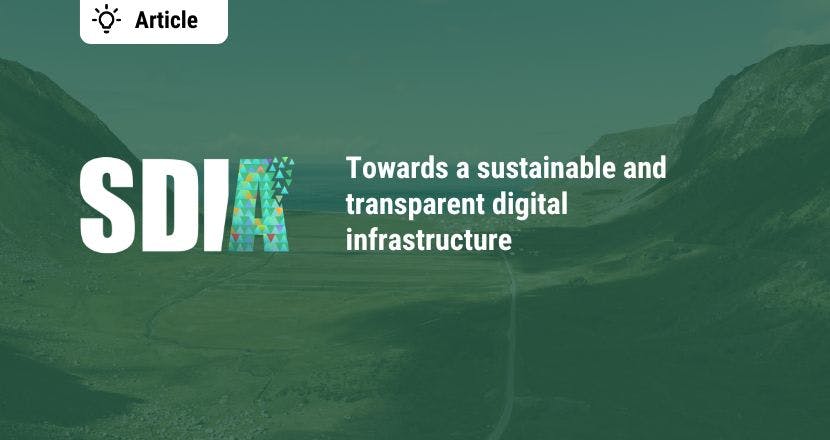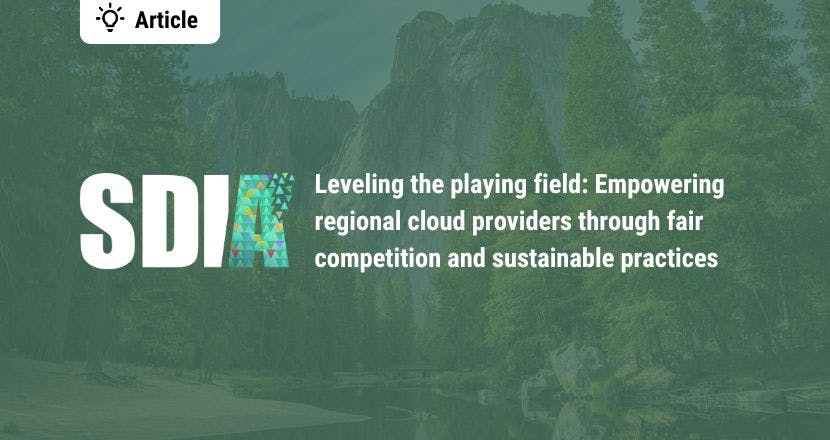Software is eating the world. It is also the only sector that has a significant lack of transparency regarding its supply chain. Yes, for smartphones and end-user devices there has been some progress, notably by Apple and others to create transparency. But what about digital infrastructure, including cloud, and data centers that power the majority of today’s applications? Most software applications today do not pay attention to their supply chain - it just works. Even environmentalists and climate change start-ups have yet to acknowledge this issue.
For more than a decade software developers have been working in an abstract infrastructure away, which slows down development and is not as enjoyable as solving interesting problems by building applications. But as Moore’s Law is continually decelerating — meaning we don’t have access to faster servers and chips until every two years — the result is more software = more infrastructure. A significant barrier is that nobody can agree on the dimensions of that infrastructure, a great example being the lack of transparency.
To decarbonize software, it needs the ability to measure its own footprint
To decarbonize software, however, and create an environmentally sustainable digital economy, software needs to know its own footprint. This is especially true for server-side applications, which are often imperceptible or only exist in a web browser, with the majority of the computation happening somewhere in a data center, invisible to the user. This requires transparent data made available from all of the suppliers — cloud providers, data center owners and operators, and hardware manufacturers.
Furthermore, to enable software and its developers to make better decisions, this data needs to be available within the infrastructure, meaning that the physical server, virtual machine, or docker container has the ability to inform the developer of current and past emissions, as well as the pollution that was created from the software activity. With no information from the runtime, it becomes difficult to make better decisions, e.g. to delay or skip a computation.

.jpg?ixlib=gatsbyFP&auto=compress%2Cformat&fit=max&rect=0%2C44%2C600%2C800&w=600&h=800)




.png?ixlib=gatsbyFP&auto=compress%2Cformat&fit=max&w=1280&h=720)